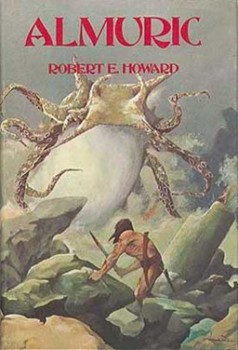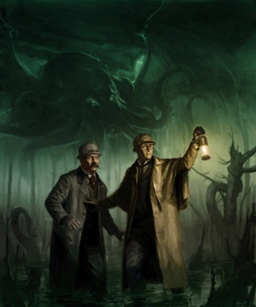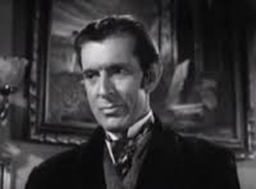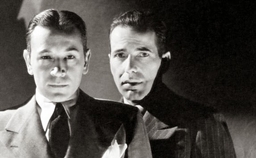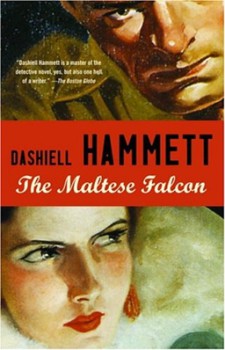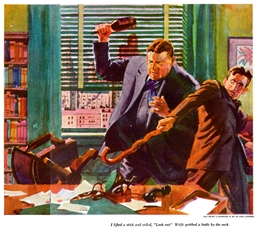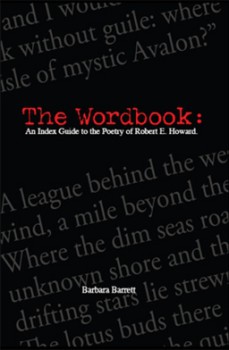The Public Life of Sherlock Holmes: The D&D Adventure (Board) Games
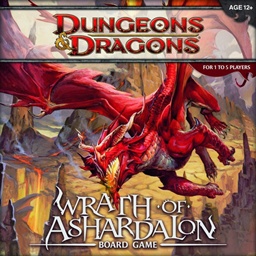 Back in 2010, Wizards of the Coast (WotC) decided to put out a board game that replicated playing 4th Edition Dungeons and Dragons. Now, 4th Edition was a debacle, but Castle Ravenloft, which was the first of four games in the Dungeons and Dragons Adventure Game line, is quite the opposite. It’s a cooperative dungeon crawl with set scenarios but random tile placement and in which the game itself serves as the dungeon master.
Back in 2010, Wizards of the Coast (WotC) decided to put out a board game that replicated playing 4th Edition Dungeons and Dragons. Now, 4th Edition was a debacle, but Castle Ravenloft, which was the first of four games in the Dungeons and Dragons Adventure Game line, is quite the opposite. It’s a cooperative dungeon crawl with set scenarios but random tile placement and in which the game itself serves as the dungeon master.
I’ve not played Castle Ravenloft (previously discussed here at Black Gate), which uses the iconic D&D setting. However, I am pretty familiar with 2011’s follow-up, Wrath of Ashardalon. Ashardalon is a red dragon and the party explores a cave system to eventually try and stop him. It was followed by The Legend of Drizz’t (here atBlack Gate), based on the NY Times best-selling books by R. A. Salvatore. I have also played this one several times. It looked like that was the end of the series, but last year, WizKids stepped in and in conjunction with WotC, produced a fourth installment, Temple of Elemental Evil (and also here at Black Gate). I own that but haven’t played it yet.
The games are all quite similar. There were a few changes in the first three, but I would say they’re at least 90% the same, maybe even a bit more. Temple added a campaign mode, (where you can keep items between scenarios!) that looks to be a notable change and one I look forward to exploring.
THE PARTS
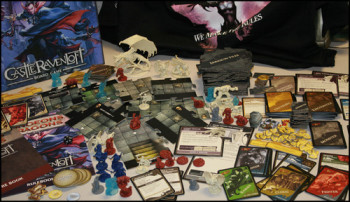 Each game comes with about a dozen sheets of interlocking tiles that make up the dungeon, as well as on average, 200 Encounter, Monster, Treasure and Hero cards that are the game play, plus tokens of various types. There’s a nice glossy, short, easy to read rule book as well as a similar Scenario book. And of course, one 20 sided die. But the real draw is the figures.
Each game comes with about a dozen sheets of interlocking tiles that make up the dungeon, as well as on average, 200 Encounter, Monster, Treasure and Hero cards that are the game play, plus tokens of various types. There’s a nice glossy, short, easy to read rule book as well as a similar Scenario book. And of course, one 20 sided die. But the real draw is the figures.
Each has about 40 heroes and monsters! They are not painted and all are reissues of official D&D minis. But where else are you going to get this many minis for the price? And you can always paint them or buy painted versions (I did that for some) if you want to jazz it up. For me, the components are well worth the cost. It all comes in a HUGE, sturdy box. I sleeved one game and everything still fits (though not in the same places). If you like to buy board games that come with a LOT of stuff, these games absolutely are the kind of thing you’re looking for. And nothing looks cheap: they use solid components.
